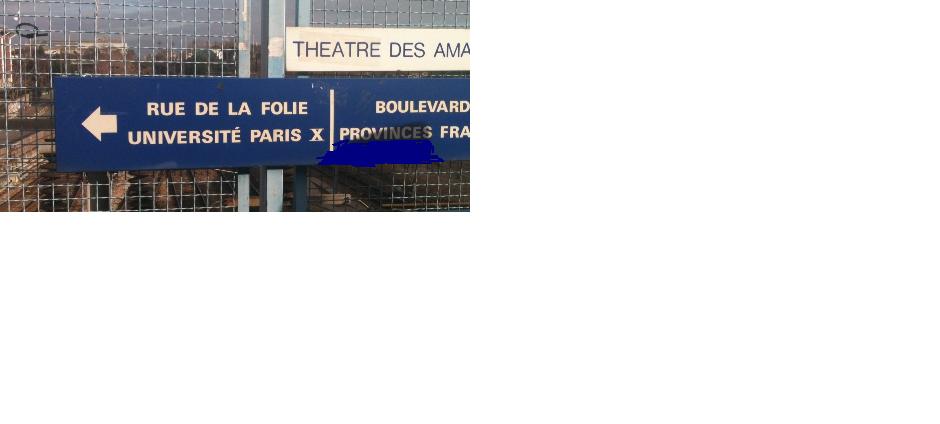 Liberté d’expression et Cour suprême USA
Liberté d’expression et Cour suprême USA
Quelques décisions de base liées au 1° amendement de la Constitution américaine
Schenck v. United States 1919 : danger clair et présent (ici pour la sécurité nationale)
Words which, ordinarily and in many places, would be within the freedom of speech protected by the First Amendment may become subject to prohibition when of such a nature and used in such circumstances a to create a clear and present danger that they will bring about the substantive evils which Congress has a right to prevent.
http://www.law.cornell.edu/supct/ht...
Dennis vs United State 1951
Their conspiracy to organize the Communist Party and to teach and advocate the overthrow of the Government of the United States by force and violence created a "clear and present danger" of an attempt to overthrow the Government by force and violence. They were properly and constitutionally convicted for violation of the Smith Act.
http://www.law.cornell.edu/supct/ht...
Evolution de la notion de danger manifeste et présent : distinction entre les "simples" discours de haine (hate speech) protégés par le 1° amendement et les discours avec un appel direct à la violence (fighting words)
Brandenburg v. Ohio 1969
Freedoms of speech and press do not permit a State to forbid advocacy of the use of force or of law violation except where such advocacy is directed to inciting or producing imminent lawless action and is likely to incite or produce such action
http://www.law.cornell.edu/supct/ht...
R.A.V. v. City of St. Paul 1992
The ordinance, even as narrowly construed by the State Supreme Court, is facially unconstitutional, because it imposes special prohibitions on those speakers who express views on the disfavored subjects of "race, color, creed, religion or gender."
A few limited categories of speech, such as obscenity, defamation, and fighting words, may be regulated because of their constitutionally proscribable content
http://www.law.cornell.edu/supct/ht...
New York Times Co. v. Sullivan 1964 : règles en matière de diffamation ; diffamation et personnes publiques
A State cannot, under the First and Fourteenth Amendments, award damages to a public official for defamatory falsehood relating to his official conduct unless he proves "actual malice" — that the statement was made with knowledge of its falsity or with reckless disregard of whether it was true or false.
http://www.law.cornell.edu/supct/ht...
Miller v. California : l’obscénité n’est pas protégée par le 1° amendement sauf test Miller
2. The basic guidelines for the trier of fact must be : (a) whether "the average person, applying contemporary community standards" would find that the work, taken as a whole, appeals to the prurient interest, Roth, supra, at 489, (b) whether the work depicts or describes, in a patently offensive way, sexual conduct specifically defined by the applicable state law, and (c) whether the work, taken as a whole, lacks serious literary, artistic, political, or scientific value. If a state obscenity law is thus limited, First Amendment values are adequately protected by ultimate independent appellate review of constitutional claims when necessary.